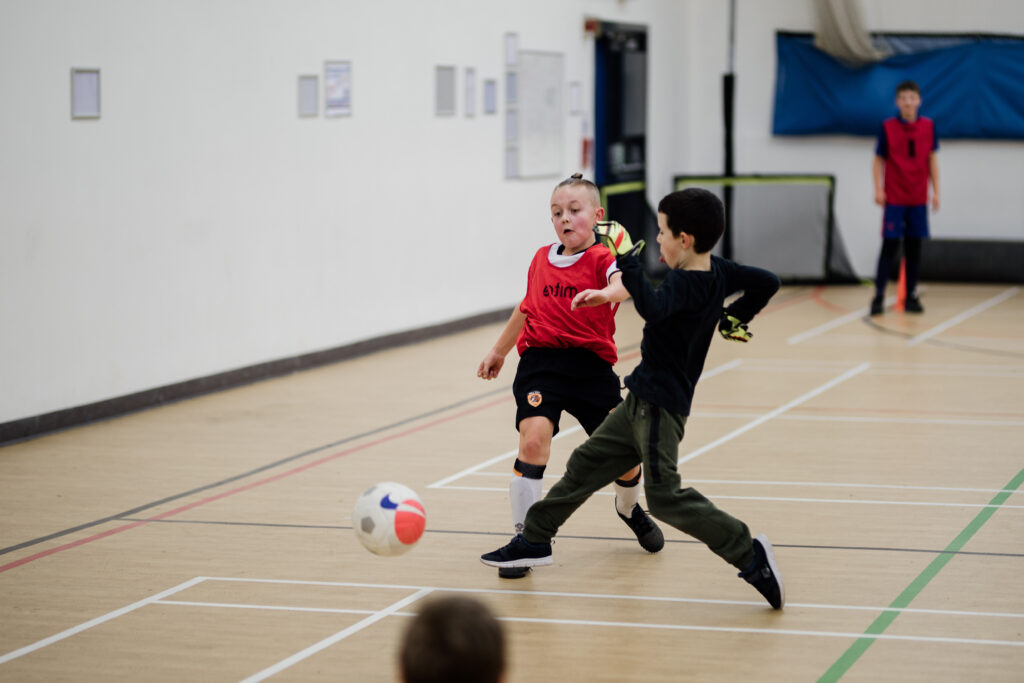
We have included some examples of the tools and templates that are available to support your monitoring and evaluation approach; you can find these by clicking on the drop-down menus underneath the relevant section. Please note that this is not an exhaustive or exclusive list of those tools that are available and as StreetGames we cannot endorse the use of any one particular system or tool over any other. The examples are merely designed to be illustrative. Finding the right system or tool for your needs is very much a decision for your organisation to make.
1. Plan your M&E from the very outset
Think about M&E at the project planning or bid writing phase – don’t wait until you are already delivering your activities or nearing the end of the project!
2. Have a clear goal in mind
Ensure you are clear about the impact or difference you hope that your activities will make, and then think about how you intend to measure progress.
3. Be clear on who is responsible for capturing M&E data and whether additional resources or capacity are going to be required to undertake this work
If you are applying for funding for a new project, don’t forget to consider this aspect within your funding request. For example, you may decide that it will be important to include a request to pay your coaches for an extra 30 minutes at the start/end of each session so that they can record attendance data, undertake surveys or capture informal feedback from participants. Or maybe you want to include a request in the funding application to cover costs for commissioning an external organisation like a University or Consultancy to undertake an independent evaluation.
4. There is no single best way of doing things
You need to undertake M&E that is proportionate and tailored, so that it ‘fits’ with your audience and with the way you deliver. This may include using:
-
Quantitative measures, for example recording the number of unique participants attracted, or using pre and post surveys that measure change in key outcomes such as activity levels.
-
Qualitative exploration, for example interviews and observation to capture lived experiences and personal stories, to show any changes that have taken place.
Often there will be good reason to use quantitative and qualitative approaches alongside each other. If possible, ask participants/potential participants for their input in developing your M&E approach so that it can be tailored accordingly: some may be happy to complete a short questionnaire, whilst others may not feel comfortable doing this and perhaps interviews or facilitative activities would work better.
5. Make use of existing advice, tools and support
There are lots of tools, templates and resources that exist which can help with M&E, including many which are free of charge. It’s worth getting to know what is available and what might be useful to you. We have included some examples in the categories below:
-
Surveys
If you are thinking of using surveys, you might want to look at existing ‘Question Banks’. These share pre-existing survey questions from national population surveys, many of which are ‘validated’ and act as ‘markers’ for key outcomes such as: subjective well-being, physical activity, resilience, belonging, trust and loneliness.
This means you don’t always have to make up your survey questions from scratch and you can use these questions in the knowledge that they’ve already been tried and tested many times by research experts and will enable you to compare your results against national data. Some example question banks include those provided by the What Works Well-being Centre, Sport England or State of Life.
-
Attendance Data
-
Social Impact
There are also a number of tools that can help to assess and record the social impact of your work and calculate social value or social return on investment. These include the UK Social Value Bank or Harlequins Foundation Sport Social Value Bank.
-
Measuring and Supporting Individual Change
There are also tools which can help to support and measure an individual’s progress, such as Outcomes Star. The Outcomes Star is designed to both measure distance-travelled AND support the process of change. There are over 30 different versions of the Star, each tailored to a different sector. For example, the Youth Outcomes Star enables progress/‘distance travelled’ to be measured on a scale of 1-5, on a range of aspects including education and work, making a difference, hopes and dreams, choices and behaviour, well-being and communication.
These are by no means all of the M&E tools that exist. If you’ve used a different tool and found it helpful, please do let us know so we can share with other LTOs in the Network.
6. Make maximum use of the M&E data and information you collect and share this with colleagues and partners.
Don’t just think about M&E data as something you have to collect and submit to a funder. For example, if you are capturing participant and attendance data, think about what the data is telling you: does it show that your sessions are successfully attracting an audience from a specific local area or a group who are typically under-represented in sport? Is a certain sport proving to be really popular? Is one location much more popular than another? Has there been very little ‘drop-out’ and participants being retained over many months/years?
Also think about how you can present your M&E data for maximum impact, e.g. through maps, illustrations, infographics. You may find the examples and tips below helpful:
-
Examples from organisations in the StreetGames Network
Click on the links below to see some examples of different ways organisations in the StreetGames network have used their M&E data to help demonstrate their impact:
-
‘How To…’ information
Click on the links below for tips and advice on using maps and videos in your M&E work:
7. It’s not all about numbers
Data can provide very useful information and show trends, but it will not explain why. Data alone will not identify why something is working well or not so well. That is why it is really important to try to understand the stories behind the data.
8. Consider the different ways that you can build your project ‘story’
Use data to describe the ‘who, what, where, when’ – but also supplement this with:
-
Discussions or interviews with project staff, participants, volunteers and partners to find out what has happened, what worked well, and what has been learnt
-
Individual ‘pen portrait’ case studies that perhaps describe the progress of an individual participant, volunteer, leader or coach
-
Other sources of information, such as data from partners, press or local political interest.
You can use the tips and templates below to support you with this:
-
How to capture information
Wider information can be captured through structured interviews, surveys or focus groups, but also it can be captured through informal conversations or fun facilitation activities – which could be led by project staff or young volunteers.
-
Templates
StreetGames has a range of templates (e.g. questionnaires, interview guides, journal & video prompts) which you can access to help you build your project story:
9. For some projects and participants, using more creative methods for your M&E data collection may be more appealing
You could consider using methods such as videos and photos, art activities, fun games, social media feedback or diaries to engage participants.
If you do decide to use creative methods, information provided by Inspiring Impact may help. It provides helpful advice and circa 20 different ideas on creative ways you can capture impact via creative method cards.
Using more creative methods can also be a really good way of getting participants more involved in the M&E process – perhaps acting as Peer Researchers. StreetGames has created a short Youth Voice Toolkit, which provides lots of different activities that can help gather views, opinions and feedback.
Using creative methods may not be easier or quicker – so it is important to build in enough time to analyse the information you get back, or perhaps consider partnering with a local university or college.
10. Ensure you are aware of regulations & guidelines that relate to data protection and parental consent requirements
Act accordingly to ensure sensitive personal information is kept safe and secure to prevent anyone’s data (particularly young people’s) from being exposed to the wrong person.
Many organisations will have their own policies and guides in relation to data protection – but if you need some initial information, we’ve created a one-page sheet which summarises useful information and ‘need to knows’ for community organisations.
If you’d like further information on the topic of monitoring and evaluation, NPC have provided lots of helpful advice and information to support organisations to measure, understand and improve their impact: Starting to measure your impact – Charity Experts (thinknpc.org)
